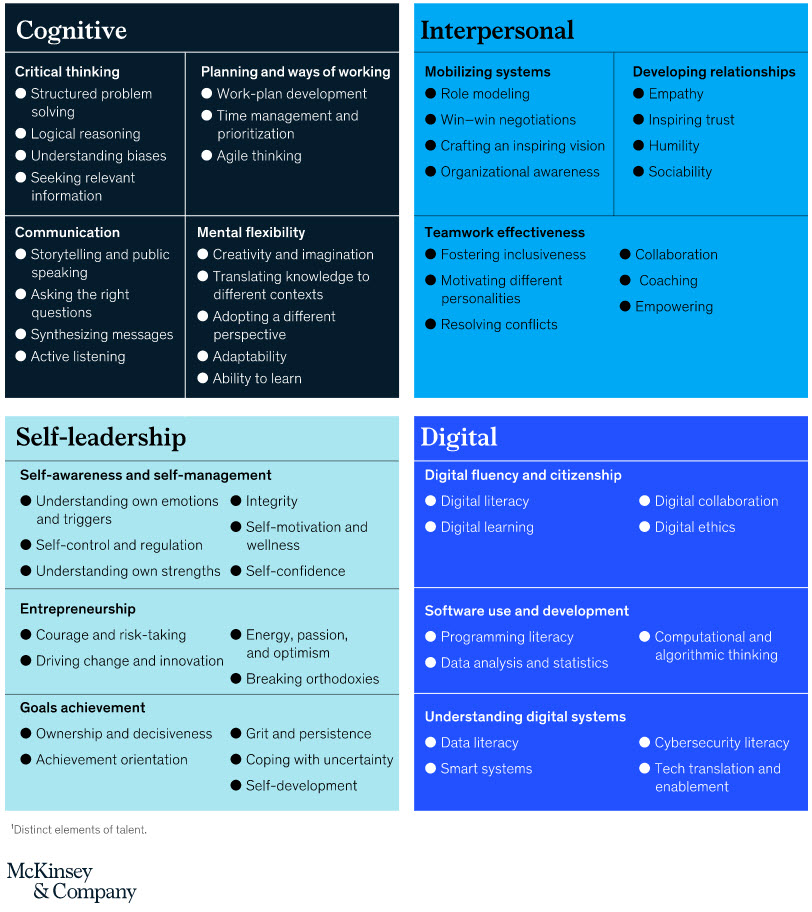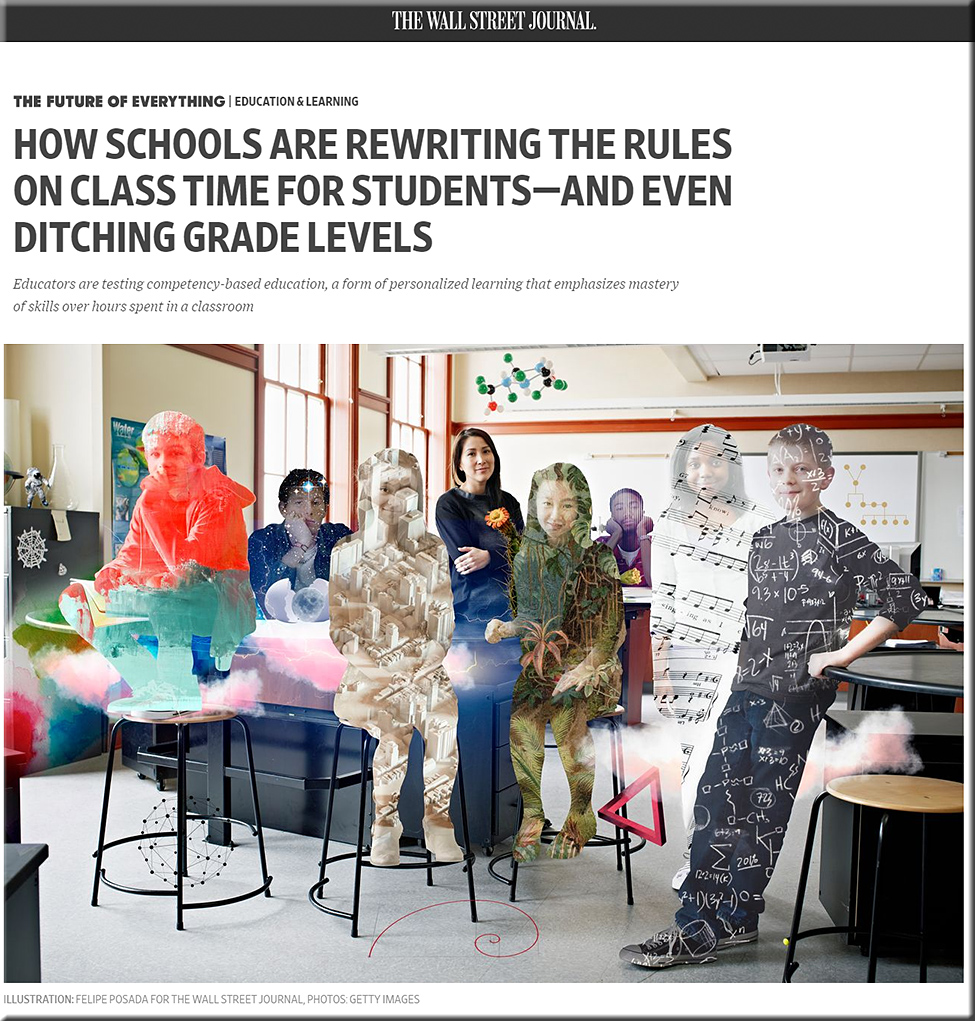Artificial intelligence is taking over real estate – here’s what that means for homebuyers— from cnbc.com by Diana Olick
Excerpt:
- Real estate companies are increasingly using artificial intelligence in every aspect of buying, selling and home financing.
- Algorithms can now go through millions of documents in seconds, looking through property values, debt levels, home renovations, and even some of a homeowner’s personal information.
- “The traditional agent would go knock on the doors of a lot of homes. Now AI helps you find the homes that are most likely to sell in the next 12 months,” said Compass’ chief technology officer.
For those searching to buy a home, all the data available can also help them to find exactly what they’re looking for, rather than touring house after house.













